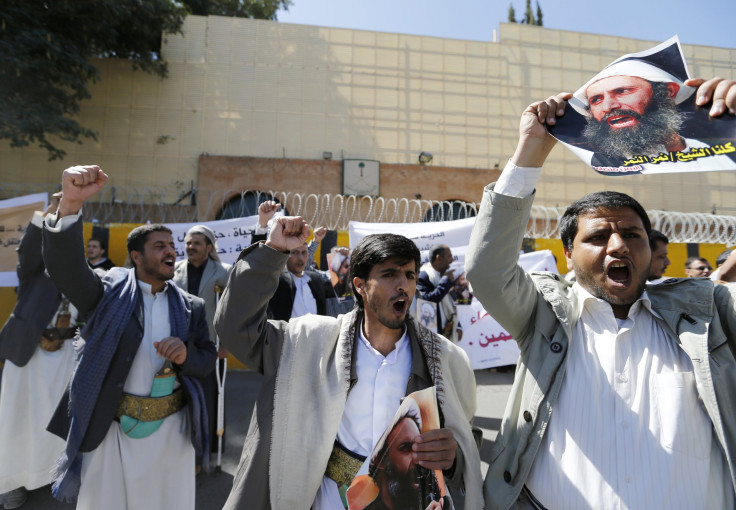Saudi Arabia's Shiites: Key Facts To Know About The Religious Minority Targeted In Mosque Suicide Attack

Shiite Muslim worshipers in eastern Saudi Arabia were the target of a suicide bombing Friday, the second deadly attack in six months against the kingdom’s religious minority sect. It was not immediately clear how many people were killed in the bombing, but media reports suggest that as many as 20 have been confirmed dead, with as many as 50 wounded. The attack came as worshipers were gathering to commemorate the seventh-century birth of the revered Shiite figure Imam Hussein against the backdrop of increasing public scrutiny of Shiite practices in the conservative Sunni kingdom.
Shiites make up approximately 15 percent of the kingdom’s population of nearly 29 million. The minority group is primarily concentrated in the country’s oil-rich Eastern Province, which includes some Shiite-majority districts, including Qatif, where Friday’s bombing took place. In November, eight Shiite worshipers were killed in a shooting in the Eastern Province village of al Ahsa, an attack that was attributed to the Islamic State group, also known as ISIS.
The community has long complained about state-sanctioned discrimination, which activists say has prevented them from building mosques like their Sunni counterparts. And, despite residing in the country’s wealthy oil-rich region, infrastructure spending has been lackluster, leaving the community’s streets and buildings in shoddy condition, as well as compromising the quality of healthcare and other services available to the area’s residents. Among Shiites, 90 percent of them believe that state services provided to them are unequal to those available to Sunnis, according to a study by the Institute for Gulf Affairs.
Protests erupted in the area in 2011 as Shiites took to the streets to demand reforms, inspired by the wave of Arab Spring protests across the region. In response, authorities transformed the Qatif district into a militarized zone surrounded by checkpoints and armored vehicles, arresting hundreds of people including the outspoken preacher Sheikh Nimr al Nimr. The popular Shiite figure was detained in July 2012 and later sentenced to death, a cause that has inflamed Shiites in the country who have rallied around Nimr.
Saudi Arabia's recent airstrike campaign against Shiite Houthi rebels in Yemen has further inflamed sectarian tensions, contributing to the tense climate for Shiites, according to local activist Naseema al Sada. "I hold the government responsible," al Sada told the Associated Press. "The government should protect us, not encourage sermons and schoolbooks to incite against us as non-believers. We want them to prevent this from happening in the first place."
The start of the Saudi-led Yemen campaign in March has also led to an increase in charged rhetoric against Shiites by leading Sunni clerics in the region. Many have used their Friday sermons to not only criticize the Houthi rebels and the kingdom’s Shiite regional foe Iran but to also extend their denunciations to attacking Shiite practices like praying at shrines. Such practices are viewed as heretical in the Sunni kingdom, which adheres to an ultraconservative branch of Islam known as Wahhabism.
The charged climate around sectarian differences has made attacks like Friday’s almost inevitable, according to experts. “Sectarianism, once you have unleashed it, you can’t bottle back it up,” said Frederic Wehrey of the Carnegie Endowment for International Peace, in comments to the New York Times. “It afflicts people every day.”
© Copyright IBTimes 2024. All rights reserved.






















